Food Adulteration DefinitionFood is an essential constraint for survival. Our bodies absorb the Food we eat and utilize it to power metabolic processes and sustain life. Food is required for growth and other surviving functions. Vegetables, fruits, pulses, grains, and other foods are included in our regular diet. All of these are either eaten raw or prepared into dishes and enjoyed. Adulteration occurs when components are mixed with Food. Food adulteration is one of the artificial problems as we cope with overpopulation, environmental hazards, and decreasing natural resources. 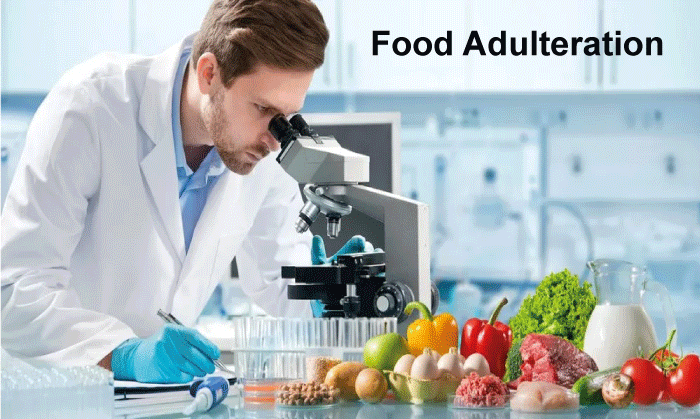
Food is adulterated when outside sources contaminate it or its natural composition where quality is altered. Food tampering has significant consequences for human health. Despite different government laws, raising awareness about the dangers of food adulteration is a common practice in many nations. Food businesses use various methods to adulterate Food, including chemical and synthetic chemicals. One of today's significant challenges is the Adulteration or contamination of natural food products. Despite numerous actions and punishments introducing adulterants is frequent in underdeveloped countries. Natural items are adulterated in a variety of ways. What is Food Adulteration?Food adulteration is described as the practise of adulterating food or contaminating food ingredients by adding a few compounds known as adulterants. 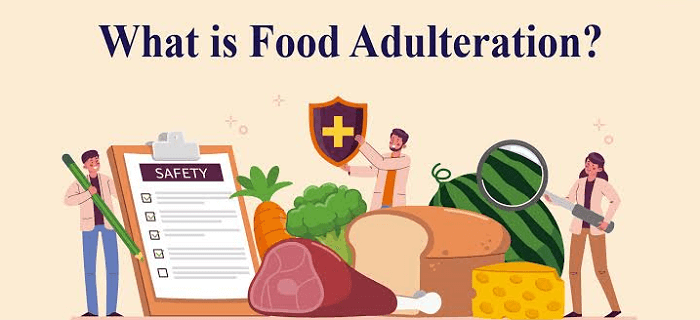
Adulterants are substances or low-quality goods that are added to food for economic and technical purposes. The addition of these adulterants decreases the nutritional content of food and also contaminates it, making it unsuitable for consumption. These adulterants are possibly present in all food products we consume on a daily basis, including dairy products, vegetables, fruits, oils, beverages, and so on. What is Adulterant?Adulterants are compounds which are added to Food by reducing its quality. It is a chemical found in other foods that degrades the natural quality of the Food. The adulterant can be present in any amount of quantity. Adulterants are usually toxic and can reduce a substance's potency. 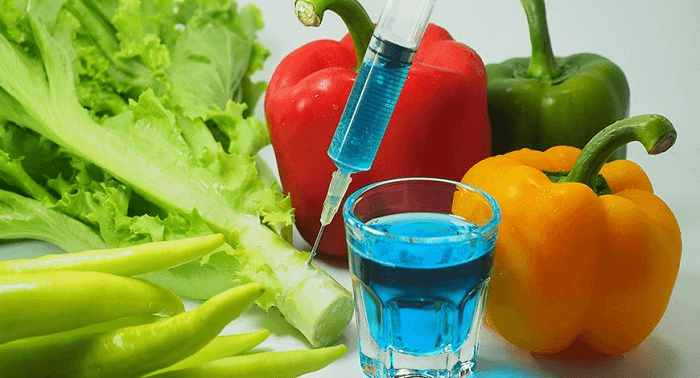
Even if the adulterant is not dangerous, it significantly diminishes the nutritional value of the Food. When some adulterants are exposed to them for an extended period they are found to be carcinogenic or deadly. Adulterate are present in various types of Food and many sorts of adulterants are utilized. When Does Food Become Adulterated?Some factors in food products must meet to determine whether a food is contaminated. which are as follows
Food Adulteration ExamplesSome examples of food adulteration are provided below.
Why is Food Adulteration Done?For many years, you may have seen the practice of adding water to milk to enhance its quantity and profit from a lower volume of milk. Food manufacturers and enterprises will also practice food adulteration for various reasons. 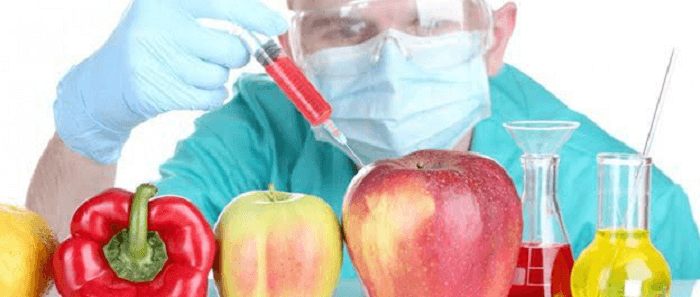
Food adulteration is part of a corporate plan to increase profits through less expensive techniques. It is also done to improve the appearance of the dish and to copy the more popular food. Food adulteration is frequently done by persons who are unaware of the dangers it poses. It is still extensively practiced due to a need for more awareness and sufficient knowledge. Adulteration raises the product's weight allowing for more profit and cheaper sales. The rising population also plays a crucial role in food adulteration. The government's inability to control it. Food Adulteration TypesFood adulteration can be classified into four forms. Intentional AdulterationIntentional Adulteration includes the deliberate insertion of non-food elements into food products such as glass or metal fragments, as well as the use of dangerous chemicals or compounds such as melamine in formula. Intentional Adulteration involves using biological agents to taint food goods, such as germs or viruses. When substances that resemble the ingredients of the Food are added to it to raise its weight and profit. Mixing pebbles, stones, marbles, sand, muck, filth, chalk powder, contaminated water, etc. The Food Safety Modernization Act (FSMA) enacted new rules to prevent intentional Adulteration of food items to lower the risk of intentional contamination and to protect public health. The rule mandates food producers to establish and implement a food defence plan that identifies operational risks and describes mitigation preferences. 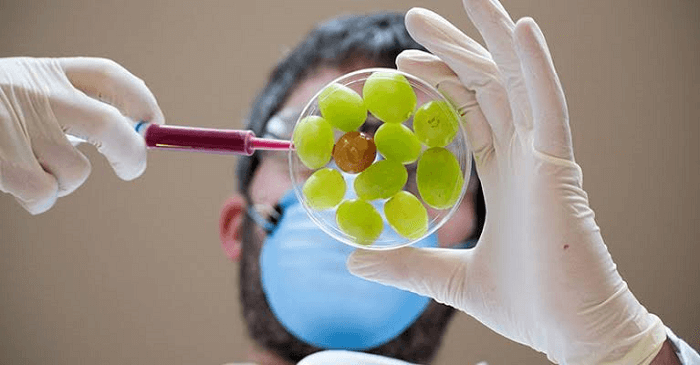
Intentional Adulteration occurs due to carelessness when handling Food pesticide remains in cereals, larvae growth, rodent droppings, and so forth. intentional Adulteration can endanger public health. Hence food makers and processors take precautions to avoid and detect such events. For example, Manufacturers can use quality control techniques such as metal detectors or X-ray machines to detect foreign materials and processes to prevent allergen cross-contamination during production. Food safety standards also require manufacturers to maintain good hygiene practices to reduce the danger of microbiological contamination. Consumers must remain aware of the hazards of incidental Adulteration and report any suspicious situations involving food safety. Consumers can also limit their chance of exposure by properly preparing and storing food goods as well as carefully reading labels for information on potential allergies. Metallic AdulterationMetallic Adulteration adds metallic elements into Food such as lead or mercury. It could happen by chance or on purpose. Lead, mercury, arsenic, and cadmium are metallic adulterants in food products. These compounds can enter the food system from various causes such as contaminated water or land, industrial pollution, or purposeful Adulteration by corrupted producers who are looking to raise profits. Metallic Adulteration can harm one's health especially in sensitive people like pregnant women, children, and the old persons. Metal poisoning can cause various health concerns including brain impairment, kidney damage, and cancer. Packaging HazardThe packing materials used to pack the Food may also affect and mix with the ingredients of the Food resulting in packaging hazards. Packaging can endanger public health especially if hazardous compounds are present in large amounts. Exposure to these drugs can result in various health issues including hormone abnormalities, growing issues, and cancer. Food makers must follow tight laws limiting hazardous ingredients in packaging materials to avoid packaging dangers. For example, many countries have outlawed using BPA in infant bottles and other food contact items. Furthermore, producers must regularly test their packing materials to make sure that they are free of dangerous compounds. Food Adulteration MethodsThe following are some techniques of food adulteration: MixingFood particles mixed with Sand, dust, clay, muck, and pebbles. SubstitutionSome good constituents are replaced by cheaper and lower-quality ones and altering the nutritional content of the food perhaps posing a health risk. Using Decomposed FoodThis method implies mixing decomposed Food with healthy ones. Food that conceals harm or inferiority in any way is called adulterated. The deliberate combining of nutritious Food with doubtful quality food results in an adulterated food product. Poisonous Substance AdditionsFood adulteration also includes the combining of Food with poisonous substances to maximize profit and sales. For example, the addition of colors, dyes, or potentially dangerous unpermitted preservatives. MisbrandingMisbranding entails changing manufacturing dates, expiry dates, ingredient lists, or deceptive ingredient derivatives, among other things. Artificial ripeningAdding chemicals to fruits and vegetables to accelerate the ripening process is also termed as food adulteration. For example, Mango is ripened using carbide to match commercial demand against supply. Effects of Food AdulterationFood adulteration has a significant negative impact on human health. Regardless of the form of adulteration, chronic ingestion of this type of Food is highly damaging to the body. Consuming such foods enhances the body's toxic level. Contaminated food is no longer healthy to the body as its nutritional content drops. The addition of chemical adulterants and pigments is frequently dangerous. Because they are carcinogens and harm one's health some contaminated food may also directly harm our internal organs by resulting failure of heart, kidney, liver, and other organ diseases. How to Recognise Food AdulterationFood adulteration has numerous adverse health consequences. Prolonged consumption of adulterated food may potentially be deadly. Organic Food is becoming increasingly popular as it provides us the whole nutrition that a particular food is supposed to provide. It has no toxic chemicals and is not polished with poisons like wax. However, Organic Food is only available sometimes and more expensive than regular vegetables due to low productivity. As a result, it is crucial to recognize if your food has been adulterated or hygienic. This can be accomplished using a variety of methods at home. 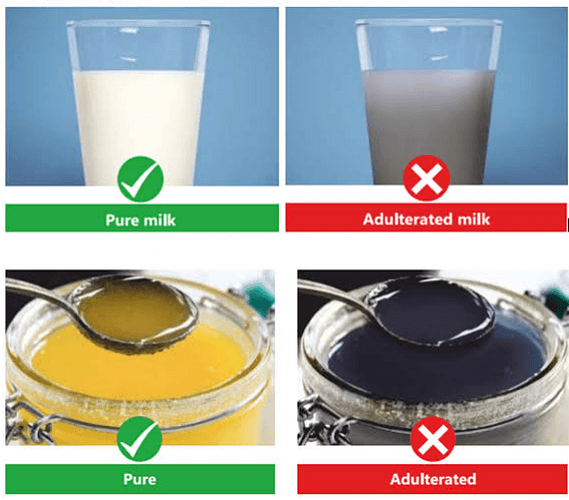
To test for detergents in milk, place some milk in a bottle with some water and shake firmly. If it forms a foamy layer, it is pure. When milk is contaminated, a thick layer forms. Similarly, to see if your milk, sugar, or jaggery has been contaminated with chalk powder, mix it in a glass of water. Any precipitate at the bottom of the glass indicates the presence of chalk. To see if the vegetables have been polished with colour, immerse them in water for a few minutes and watch the colour dissolve in the water. Prevention of Food AdulterationAccording to the National Health Service and Food Research Institute, several food products have been contaminated to enhance the profit. Adding adulterants to food products is widespread throughout poor and underdeveloped countries. Every year on April 7th, the world celebrates World Health Day. According to reports, the WHO wants to raise general knowledge about food product adulteration and to motivate and inspire everyone to eat a healthy, balanced diet. Here are some practices to take to avoid Adulteration.
Food Adulteration TestsUnder the Detect Adulteration with Rapid Test (DART), the FSSAI has verified specific rapid tests covering physical, chemical, and sensory Adulteration in diverse food commodities. Some food adulteration tests are as follows Milk and Milk ProductsDetection of water in milk by measuring the fluidity of a milk sample on a polished slanting surface and in the case of pure milk leaving a white trail. Lather forms will occur when you shake the milk and water in the container, implying the presence of detergent in the milk. The presence of starch in milk products can be tested by boiling them in water and adding iodine where blue colour indicates the presence of starch. Oils and fatsRefrigerate a glass of coconut oil for 30 minutes if the oil remains as a separate layer, it is adulterated if it solidifies it is coconut oil. When a small amount of yellow butter is put into an oil sample it turns red instantly showing the presence of Tri-Ortho-Cresyl-Phosphate (TOCP). Sugar and confectionerySugar is added when honey is dispensed in water. Put a sugar sample in a clear water glass the chalk sample will settle to the bottom. Food grains and their derivativesFood grains and their derivatives such as kesar dal, additional bran, and dhatura can be detected visually through close inspection. Add food grains to water infected grains will quickly discolour. Soak a lime in a spoonful of rice contaminated limes turn crimson. Salt, spices, and condimentsBurn asafoetida with a stainless spoon. Pure ones burn like camphor and vice versa. Add black pepper to a glass of water papaya seeds float on water and become tainted. When pressed with a finger, light blackberries easily shatter. Pour a glass of water with turmeric powder natural turmeric powder will settle with a yellow colour, whereas contaminated turmeric powder will settle with a brilliant yellow colour. Cut a potato slice and add salt after some time add lemon juice iodized salt becomes blue, while regular salt does not. Vegetables and fruitsApply a saturated cotton piece to the outer surface of the vegetables the presence of malachite green turns the cotton green. Soak a cotton ball in water and massage it around the exterior surface of a sweet potato if the cotton absorbs colour, the outer surface is colored with rhodamine B. BeveragesCoffee powder tainted with clay particles or chicory will sink to the bottom of beverages. Place a few tea leaves on a glass plate and move the magnet iron fillings will become visible on the magnet, allowing you to detect Adulteration. ConclusionFood adulteration is the intentional degradation of the quality of food provided for sale, either by the addition or substitution of inferior components or the removal of a desired ingredient. Adulterated food has been linked to a number of chronic disorders, including liver disease, diarrhea, stomach problems, lathyrism (cancer), vomiting, dysentery (food poisoning), joint pain, heart disease, and others. Given that food adulteration is a major cause of worry in every region of the world. Several procedures have been implemented by the government throughout the years to ensure that food products are appropriate for consumption. However, public awareness of the consequences of consuming contaminated food is also essential. They should carefully read food labels and only buyfood from trustworthy sources.
Next TopicFood Poisoning Definition
|
 For Videos Join Our Youtube Channel: Join Now
For Videos Join Our Youtube Channel: Join Now
Feedback
- Send your Feedback to [email protected]
Help Others, Please Share










